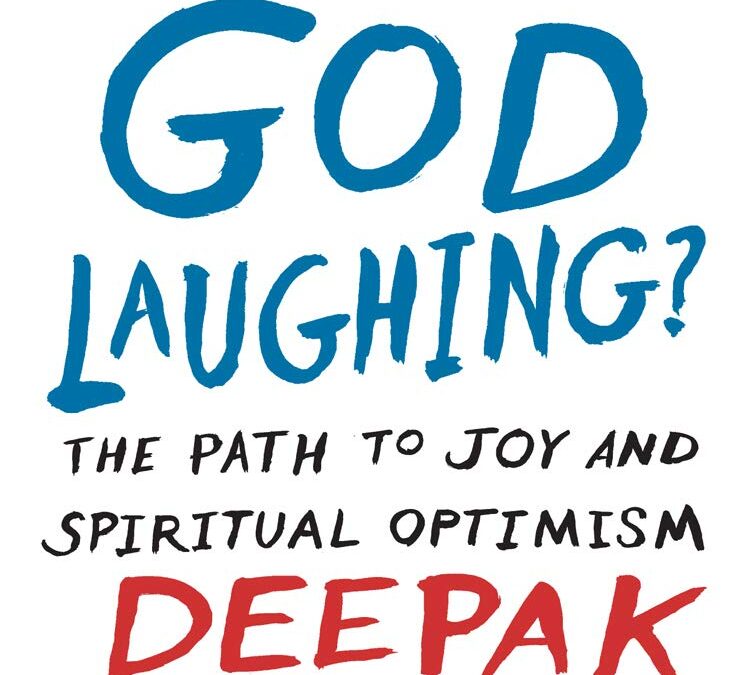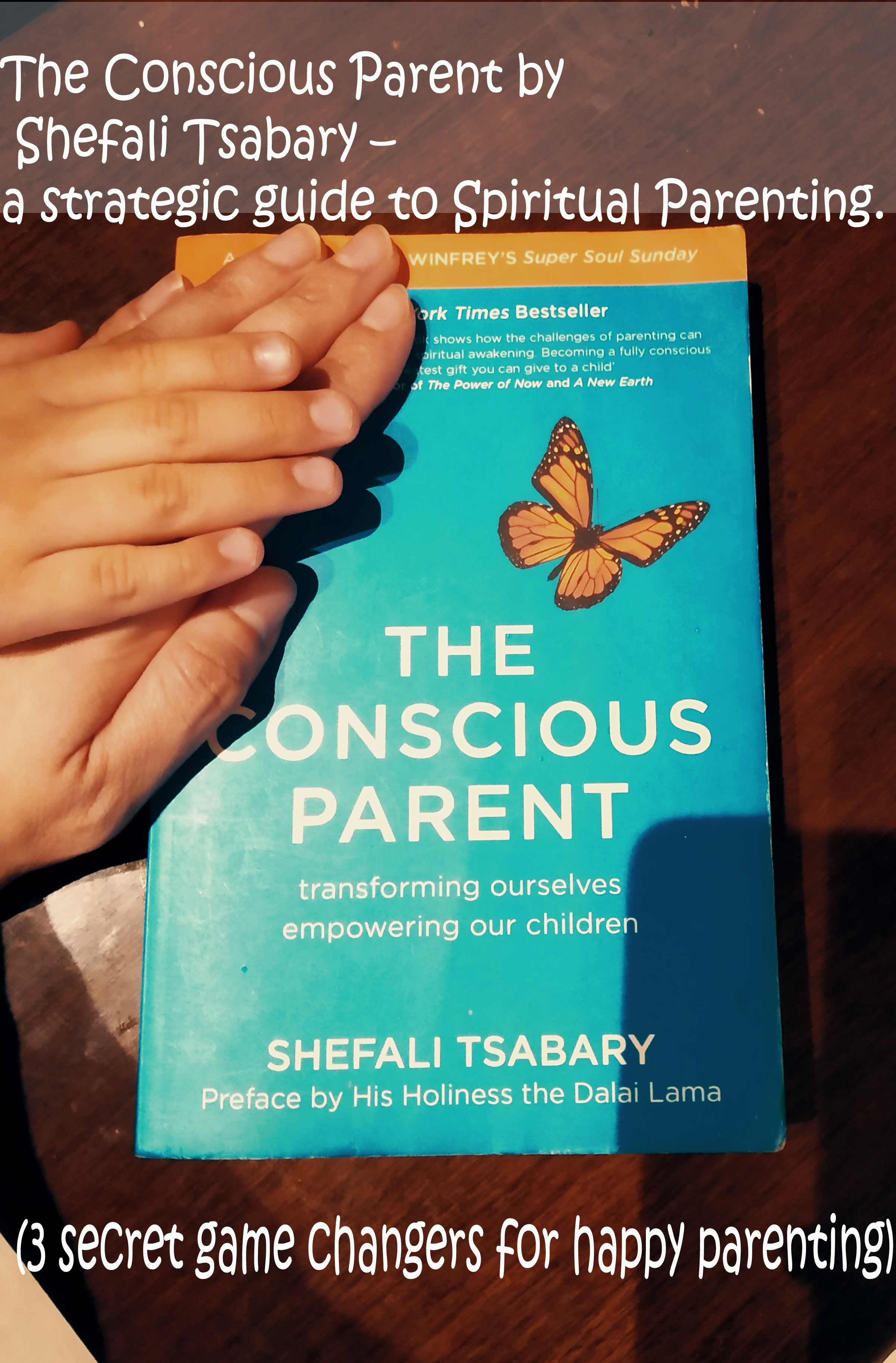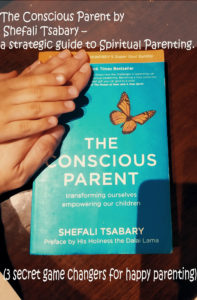
by Sneha Sharma | May 27, 2021 | Book Discussions

Elements of Gothic Symbolism.
The word ‘Gothic’ originated from a music category with dark morbid lyrics. In literature, Gothic fiction refers to the one exploring the elements of fear (even horror – haunted castles/homes), death and gloom and the romantic elements of nature, individuality and high emotion.
The protagonists of such novels are usually Gothic heroes, who are hard-core romantics (Gothic and romance are intricately related)
Edgar Allen Poe’s poem ‘Annabel Lee’ or ‘The Black Cat’ and works of Charles Dickens, Mary Shelley’s Frenkenstein, Bram Stoker’s Dracula, Oscar Wilde’s The Picture of Dorian Gray are other examples using Gothic symbolism.
It includes mystery and suspense, (burials, ghosts, flickering candles etc. Ann Radcliffe’s 1794 novel, The Mysteries of Udolpho is a suitable example.) foreshadowing – omens and curses, settings such as gloomy castles, mountain regions, graveyards etc.
Supernatural Elements
While apparitions are characterised in a story to evoke fear or suspense, Wuthering Heights, a 430-page read, except at three or four instances, uses supernatural elements to mostly convey the psychological suffering of Heathcliff through his loss of Catherine.
(Few instances of supernatural occurrence in the story – after dozing off to sleep dreaming about Joseph, Lockwood experiences the presence of a ghost in Wuthering heights and is woken up by the rubbing of a branch of fir-tree against the window lattice. Also, when Nelly receives Heathcliff in a ‘ghastly paleness’, few days before his death or when Heathcliff recounts his ghostly encounter with Catherine’s spirit, and when after his death, people strongly believe that Heathcliff haunts the moors and Wuthering Heights.)
The Moors or the open fields
A silent but powerful link between the two households.
The emphasis on the moors in the story – wide, wild expanses but yet infertile lands – symbolise a linkage between the two households – Wuthering Heights and Thrushcross Grange, while also separating them from the rest of the village to give a feel of exclusivity, epitomizing the two homes as two major leads of the story – one as the hero and the other in a strong supportive role. The moors also represent Heathcliff and Catherine’s wild and free-spirited love.
The two houses, more than anything else, represent the temperament of their owners – one, God-fearing, peaceful and calm, similar to the description of his residence (Edgar – owner of Thrushcross Grange) and the other – owners of Wuthering Heights – one, a child of open lands and wilderness (Heathcliff) and the other, the epitome of aggression (Hindley).
Through through certain props in the setting of the story, Bronte has bridged the gap between the presence and physical absence of the leading characters to strengthen the plot.
Like the oak-paneled bed is symbolic of Catherine’s childhood, it symbolized also the isolated and secret life of Catherine when she hid from Heathcliff and wrote her journals, the corner of the bed dearest to her and provided comfort to the small girl escaping violence and searching for her expression. Towards the end of the story, Heathcliff too dies in the same bed with the window open, symbolizing that his spirit has escaped to become one with Catherine’s.
When Lockwood sees Catherine’s ghost through the same window, desperately wanting to come inside, it symbolized the fact that nobody can be spared loneliness in a place that belonged to someone, who so passionately sought its company that it seemed to be possessed by her eternally, even beyond her death.
The windows and the lattice
The windows and the lattice pervade the story as symbols of enclosure and entry of the elements of the world outside, especially the weather – sometimes alien but mostly resonating with the world within Wuthering Heights.
Weather as a prominent symbol in the story also describes the tumult within the hearts of its inhabitants – the characters have been firmly rooted in the natural images of their environment. The elementary forces of nature have been aptly used by the storyteller to introduce the readers to the changing landscapes of the characters’ emotions by way of narration and dialoguing.
Taking Nelly’s narration as an example when she described the night of Heathcliff’s departure from Wuthering Heights, we have this –
‘About midnight, while we still sat up, the storm came rustling over the Heights in full fury. There was a violent wind, as well as thunder, and either one or the other split a tree off at the corner of the building; a huge bough fell across the roof and knocked down a portion of the chimney-stack, sending a clatter of stones and soot into the kitchen fire.’
Wuthering Heights, during the time of its first release in 1847 was considered controversial on religious and moral grounds. But today it is one of the greatest classics in English literature. The symbolic devices the author uses to communicate the soulful love, wilderness and emotional turmoil of her lead characters, remain a subject of interest for many literature enthusiasts and language experts.
To me, the book, after three reads, has become a treasure to cherish and a tale to revisit, whenever the weather reminds me of Nelly narrating the intriguing story of Catherine and Heathcliff.

by Sneha Sharma | Dec 21, 2020 | Book Discussions

Analysing the book –
The main ideas –
- The true nature of being.
- Reasons to be optimistic
- How to establish spiritual optimism or access the real power of spirit.
- Healthiest response to life is laughter from the heart
- Establishing a roadmap to happiness within.
The Characterization of Mickey Fellows –
The idea behind Mickey Fellows was to lead towards the discovery that the real laughter comes from a deep abyss of abundance and authentic joy coming from the foundational level of the soul.
Deepak Chopra’s Why is God laughing is the first book amongst the various bestsellers I have read by the author. It comes at a time in my life when I would soon be reaching the age of the protagonist, Mickey Fellows, chosen to highlight the point of Spiritual Optimism.
Rushed and panting for ambition, craving to live up to the maximum potential of our existence we often find ourselves drowning in our work, without realizing that in the context of peace and spirituality we were all wrong to begin with.
Chopra has interconnected the concept of Spiritual optimism with intense internal communication, with INTUITION and CREATIVITY.
Through his story of a highly ambitious comedian, disconnected not only with his family but also with himself, he symbolizes the ironies of being human – even the one who has willfully chosen ‘laughing’ as a full-time profession, cannot possess ultimate happiness and peace, unless his laugh is resonant with the laugh of the Divine or has germinated from a deeper seat of joy within.
Claim –
There is a feeling of wonderment when we see from the eyes of a mystic. For us the reality ends at the physical existence of things. When we associate things with meanings more than their physical possession, we expand the life’s capability of experiencing joy and with practice we make this meaning the very foundation of our existence.
Evidence –
Chopra endorses creativity to be the soul sister of intuition. He supports his statement by considering Einstein’s example, when the great scientist confessed that the thing that separated him from the atheists was that unlike him “they cannot hear the music of the spheres.” He would rely on his inner intuitive voice that made him take creative leaps to greatest scientific discoveries, rather than trudging the linear path of established facts.
He supports the belief that both science and spirituality are based on humans’ intuitive powers. Through Einstein’s example and the spiritual discoveries of the hero of his story, Mickey Fellows, he explains elaborately how our stay at the destination of authentic and ultimate joy is intense and long lasting and can be trudged by making these powers more easily accessible.
Theme review –
The lack of this accessibility can lead to inexplicable ironies and confusions to the extent that even a comedian by profession, is unable to laugh at himself and abstract more joy from his life than the others! It was only when he is able to shed various layers of pessimism including his ego and ingratitude, that he discovers true joy that comes from a deeper place within and stays longer.
When we listen in quietude to the world around, we encounter hidden messages and extract their meanings in the context of our reality. And it is in this state of mindfulness that ensues, that we take the clues and connect better with our intuition.
Symbolism –
The laughing of God –
Chopra indirectly points at a secret understanding of an existential truth, through the laughing of God; the very tittle of the book.
We might in the first instance, think of God when we hear of His laughter from Mickey’s dead father, as a megalomaniac selfish presence in the universe overlooking the world gone berserk. But here the God is a representation of coming of age as a human when we are able to laugh at the paradoxes, ironies and mysteries of our being, when we too like God get the secret that we are who we are sans our ego and without any fear. When we realise that we can shed the rind of our self-image and our delusionary apprehensions, we can connect with our true self.
Just like when we internally laugh at the innocent mistakes of a child, we would laugh at our ego. In fact, the laughing of God takes us to the understanding of the root cause of the tumult of issues the world is facing today – lack of connectivity with the self.
(Ego here refers to the self-image camouflaging our true self by our own judgement and analysis. True self is the field of possibility and creativity and the field of power. Chopra refers to it as field because the true self, he considers, is not localized within a human. It is a part of this universe and therefore, infinite.
He preaches that through self-awareness of our thoughts, feelings and behaviours, we can walk beyond the ego.)
The mentor – Francisco
How surreal it would be to have a mystical mentor like Mickey’s in one’s life; someone emerging maybe from an empty space between the stack of books in a library, or in the window behind while one combs her hair looking into the mirror?
Francisco is the exaggerated version of the role he plays, symbolizing the mystery of mentoring we all experience in bits and pieces, contributing to form a bigger meaning in the context of our individual life. He reminds us in milder patterns, the authentic coaching of values we might have received from someone known or anonymous, in the past, the teachings of whom have stayed with us in contingencies.
One day you find it difficult to trace the end of the thread. You can’t remember when you lost touch with them, like an old professor in college, but you might not need their guidance any more. The fact that they were ever present seems delusionary.
Coming back to the major takeaway of the story –
In Chopra’s own words –
“Intuition is a form of intelligence which is not based on logic or rationality. It is purely contextual, relational, holistic, eavesdrops into what’s happening in the universe that is relevant to you. It doesn’t have to do anything with winning or losing.”

by Sneha Sharma | Aug 3, 2020 | Book Discussions

Every page of this insightful journey that Dr. Shefali Tsabary ushers us into demands deep reflection. Her words are likely to evoke the inevitable pangs of guilt—especially in those of us raising slightly older children.This book shatters the myth that parenting is an entitlement earned by biology. We often believe we own our children simply because they are born “from our blood and sweat.” But the profound truth—visible only to minds open to growth—is that our children have come only through us, not from us.This illusion of entitlement often becomes an excuse to exert control, to reclaim the authority we may feel denied elsewhere. And unfortunately, our children become the easiest recipients of this misplaced power.
The Conscious Parent is a powerful call to action. A call to turn the spotlight inward.
- Self-Awareness: The Starting Point
Dr. Tsabary urges us to trace our negative emotions to their roots, to reflect deeply and understand why we react the way we do. This inner work helps us disassociate from those behaviors and break the cycle—so we no longer hand over the same emotional baggage to our children.This isn’t easy. It’s laborious and humbling. But it’s the beginning of real change.
- Listening—Truly, Fully, Completely
Another piece I came across recently illustrated this beautifully.A soldier, returning from war, calls his parents and asks if he can bring a friend—someone who lost his legs in battle and has no one else to care for him. The parents hesitate and gently express that such a friend might be a burden. A couple of days later, they receive news of their son’s suicide.The “friend” was him. He had lost his legs. He needed acceptance. But he couldn’t say it directly.Had his parents truly heard him—if they had listened with their hearts and not just their ears—they may have read between the lines.Dr. Tsabary insists on being present—mentally, emotionally, and physically—when your child speaks. When your child talks to you with that spark in their eyes, listen. Listen as if those moments are fleeting—because they are.
- Partnering with Our Children: Not Managing Them
After reading the book, I made a major shift in my mornings with my younger son, who’s 4.Earlier, I would rush him through the school routine. While we made it to the bus stop on time, it was often at the cost of my temper and his tears. He would dawdle. I would scold. He would resist more. And the cycle continued.Then I changed one thing—I simply added more time to our mornings.Now, with more space to breathe, we remain on schedule without the pressure. And I added a reward: if he finishes early, he gets to read Geronimo Stilton or play with his Avenger toys. We both feel lighter. And the morning becomes a moment of connection rather than conflict.Every child runs at their own pace. Expecting them to stretch beyond that rhythm takes time—and patience.
- This Journey Isn’t About Raising a Child… But Raising Ourselves
Parenting, as Tsabary says, is not about molding a child. It’s about transforming the parent.It’s about realizing this relationship is ephemeral, and precisely because of that—it’s precious. Our children are not ours to own. They are individuals on their own journey.I bought The Conscious Parent when my elder son was just 3. I was new to this world, full of enthusiasm and fear. Some pages made me cry—out of guilt, helplessness, and revelation. And yet, I kept reading.Even now, years later, I stumble. But now I stumble with awareness. I rebound with more mindful words, thoughts, and actions.I now read a few paragraphs each day—not as a routine, but as a ritual. A ritual to remind myself that I’m not raising a child.I’m raising a parent.
📖 Buy the book here.






